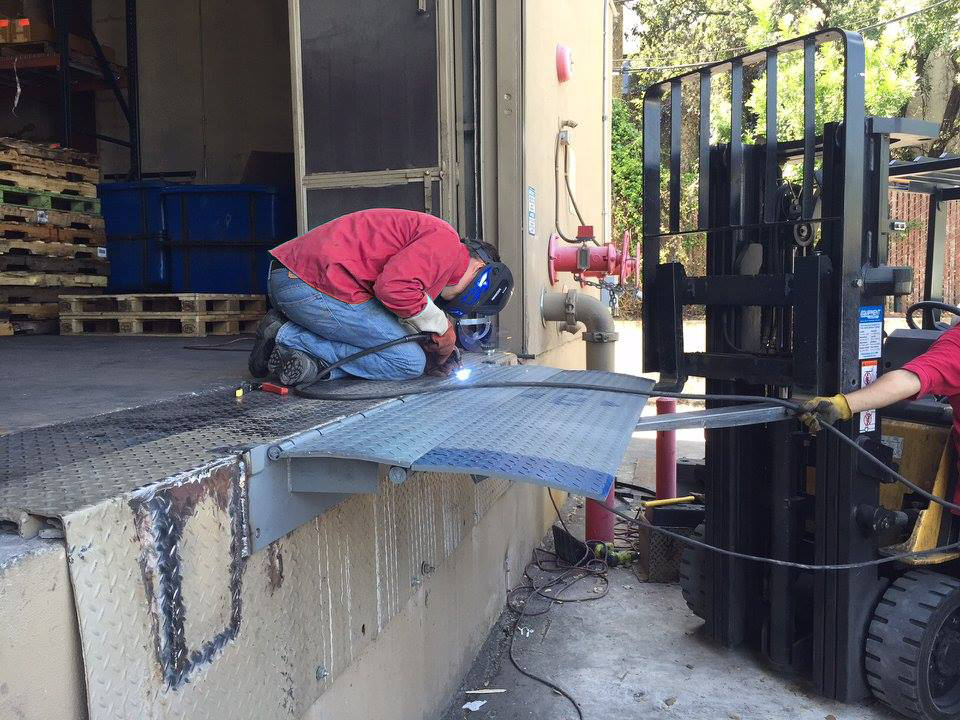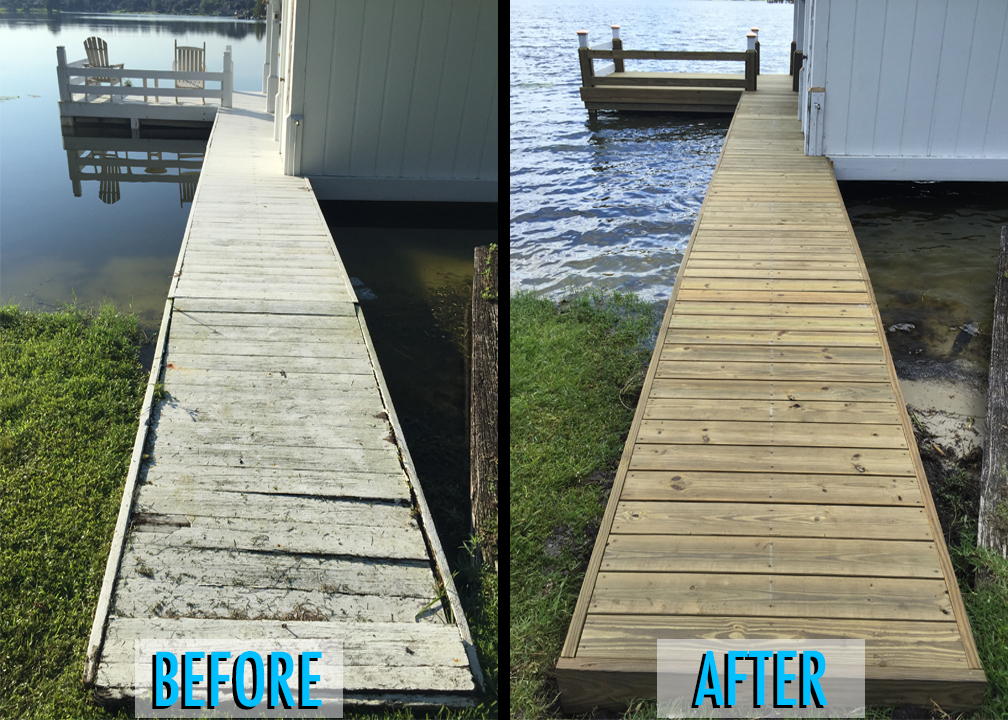Why Normal Upkeep Can Minimize Future Dock Repairs
Why Normal Upkeep Can Minimize Future Dock Repairs
Blog Article
Reliable Dock Repair Service Techniques: Guaranteeing Architectural Stability
Making sure the structural stability of anchors with effective repair methods is paramount for the long life and safety and security of aquatic facilities. This involves a multi-faceted approach starting with detailed examinations making use of advanced technologies like finder equipment and from another location ran cars (ROVs) to detect both visible and concealed problems. Subsequently, selecting the ideal repair work products, such as composite products and corrosion-resistant alloys, is important for resilience. Structural reinforcement methods, consisting of the execution of cross-bracing systems and load-distribution plates, play a crucial role in mitigating stress points. The importance of these strategies ends up being evident when discovering sophisticated repair techniques and preventative maintenance strategies.
Analyzing Dock Damages
Examining dock damage is an important initial step in making certain the architectural honesty and security of any docking facility. This initial assessment entails a comprehensive evaluation to determine both hidden and noticeable damages. Secret facets to examine consist of the dock's structure, pilings, decking, and hardware. Each element needs to be looked at for indications of wear, rot, deterioration, or other types of degradation that could jeopardize the structural stability.
Architectural designers or qualified assessors typically execute these evaluations using specialized devices and strategies. As an example, underwater assessments could use sonar devices or remotely ran lorries (ROVs) to identify immersed damages. Over water, visual evaluations are enhanced by making use of moisture meters and other analysis tools to discover underlying problems not promptly visible to the naked eye.

Picking Fixing Products
Selecting the ideal repair service materials is a critical step in the dock reconstruction procedure, one that directly influences the long life and performance of the fixed structure. Product choice should be driven by variables such as environmental problems, load-bearing needs, and compatibility with existing dock elements.
In enhancement to wood, composite materials are increasingly popular due to their longevity and reduced upkeep needs. Composites, commonly made from a mix of plastic and wood fibers, provide exceptional resistance to rot, insects, and UV damage. For steel docks, selecting corrosion-resistant alloys such as galvanized steel or marine-grade light weight aluminum is important to protect against rust and make certain structural stability in saline water problems.
Epoxy materials and marine-grade sealers are vital for repairing splits and sealing joints, offering a water-proof barrier and enhancing the dock's overall strength. By carefully selecting high-grade materials, dock repairs can attain resilient outcomes, thus protecting against future degradation and ensuring secure, trustworthy usage.
Structural Support Techniques
Efficient architectural support strategies are critical in guaranteeing the security and durability of dock repairs. This approach is specifically effective for anchors exposed to heavy loads or rough environmental conditions.
Another important strategy is the application of fiber-reinforced polymers (FRP) These products provide high strength-to-weight ratios and exceptional resistance to rust, making them excellent for strengthening concrete or wood anchors. FRP can be applied in sheets or strips and bonded with epoxy resins to improve architectural integrity.
Bracing and anchoring systems likewise play an important role in structural support. Cross-bracing, utilizing metal or wood beams, can neutralize lateral pressures, lowering persuading and movement. Securing systems, such as helical piers or driven piles, give a steady foundation by moving loads to much deeper, a lot more stable soil layers.
Last but not least, the combination of load-distribution plates can assist disperse weight much more evenly throughout the dock's surface area, reducing localized stress and anxiety points. These techniques jointly make sure that docks continue to be safe and durable, with the ability of standing up to the roughness of their functional atmosphere.
Advanced Fixing Techniques

Another sophisticated strategy entails undersea welding, which permits for fixings to be performed without the demand to dewater the location. This approach is specifically useful for resolving architectural problems in submerged dock elements, guaranteeing very little interruption to operations. Enhanced welding techniques, paired with robot systems, provide precision and integrity, therefore extending the life-span of the dock.
In addition, cathodic defense systems are applied to stop rust in metallic dock structures. By utilizing sacrificial anodes or satisfied existing systems, these strategies properly alleviate the electrochemical processes that bring about product degeneration.
Lastly, progressed tracking innovations, such as architectural wellness tracking (SHM) systems, offer real-time information on the problem of dock structures. These systems enable aggressive maintenance and prompt interventions, he has a good point inevitably making certain the long-lasting architectural stability of the dock.
Maintenance and Avoidance
Maintenance and prevention are basic ideas that underpin the long life and security of dock structures. Routine assessments are paramount, permitting early discovery of deterioration, possible weaknesses, and ecological impacts. A proactive technique, involving regular checks for rust, rot, and architectural shifts, minimizes costly fixings and extends the dock's functional life.
Safety nets need to include using safety finishings to steel elements to secure against corrosion and using cured wood to withstand degeneration. Furthermore, ensuring appropriate water drainage and ventilation can avoid water accumulation, which is a common root cause of structural deterioration. Including high quality products and sticking to manufacturer guidelines throughout building and fixing phases additionally play essential duties in improving resilience.

Training personnel in dock upkeep ideal techniques makes certain constant application of preventative actions. Leveraging technical developments, such as drones for assessments and sensors for real-time monitoring, can further enhance upkeep initiatives. By focusing on maintenance and avoidance, dock owners can guarantee architectural stability, operational safety and security, and cost-efficient administration over the dock's lifespan.
Verdict
In final thought, maintaining the architectural integrity of aquatic facilities necessitates detailed dock repair strategies. Complete evaluations making use of sophisticated tools reveal both visible and concealed problems, while the choice of suitable repair work products improves longevity. Carrying out structural support approaches addresses anxiety factors successfully. Advanced repair service strategies, combined with regular maintenance methods, ensure the dock continues to be functional and secure under varied environmental problems. Adopting these methods significantly extends the lifespan and performance of aquatic framework.
Ensuring the structural stability of anchors through efficient fixing techniques is paramount for the durability and safety and security of marine centers.Selecting the proper repair work products is a pivotal action in the dock remediation procedure, one that straight influences the durability and efficiency of the fixed framework.Reliable architectural support techniques are vital in making certain the security and longevity of dock repair work. By prioritizing upkeep and avoidance, dock proprietors can make certain structural honesty, functional security, and affordable management over the dock's life expectancy.
In conclusion, keeping the architectural honesty of aquatic facilities requires extensive dock repair work techniques.
Report this page